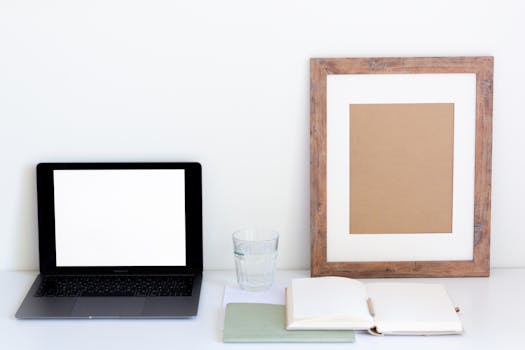Master Your Time and Boost Productivity: The Ultimate Guide to Using a Planner Effectively

I
n today's fast-paced world, mastering your time effectively is a crucial skill. A planner can be your secret weapon in this endeavor. This article will provide practical tips and strategies on how to use a planner effectively, harnessing this tool for improved productivity. We'll explore different layout options, delve into task tracking methods, and discuss ways to prioritize goals within your planner. Whether you're an organized professional or someone seeking better time management habits, this guide will empower you with knowledge to transform your daily routines and achieve more successful results.
The first step in using a planner effectively is choosing the right layout that suits your needs. There are numerous options available in the market, from daily to weekly, monthly, or even yearly layouts. Daily planners are ideal for those who have many tasks and appointments throughout the day, while weekly or monthly planners work best for individuals who prefer seeing their schedule at a glance. Yearly planners are perfect for long-term goal setting and tracking progress over time.
Next, we move on to task tracking methods. The key here is consistency. Choose a method that works best for you and stick with it. Some people prefer the traditional method of writing down tasks and crossing them off once completed. Others may find digital tools like apps or online calendars more convenient. Whichever method you choose, ensure it's one that you can maintain consistently.
Prioritizing goals within your planner is another essential aspect of effective planner usage. It's easy to get overwhelmed by a long list of tasks. However, not all tasks are created equal. Some are more urgent or important than others. Prioritizing helps you focus on what truly matters and prevents you from spreading yourself too thin. A simple way to do this is by using the Eisenhower Box method, which divides tasks into four categories: urgent and important, important but not urgent, urgent but not important, and neither urgent nor important.
Moreover, remember that a planner is not just for tasks and appointments. It can also serve as a tool for reflection and personal growth. At the end of each day or week, take a few minutes to review what you've accomplished and what you could improve. This practice not only helps you stay on track but also promotes mindfulness and self-awareness.
In conclusion, using a planner effectively is more than just jotting down tasks and crossing them off once completed. It involves choosing the right layout, consistently tracking tasks, prioritizing goals, and using the planner as a tool for reflection and personal growth. With these strategies in mind, you can harness the power of a planner to improve your productivity and achieve more successful results.
Finally, remember that the effectiveness of a planner largely depends on your commitment to using it. A planner is only as good as the effort you put into it. Consistency is key. Make it a habit to check your planner regularly, update it with new tasks or appointments, and review your progress periodically. With time and practice, you'll find that your planner becomes an indispensable tool in mastering your time effectively.